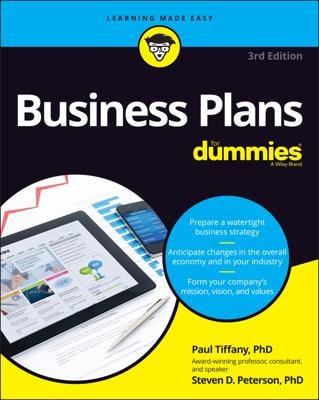When you first begin a new project for increased productivity in your business or organization, you want to be careful of “scope creep” — which is what happens when seemingly small additional results or requirements slowly get added to your original project, ultimately creating a bloated, too-large project that’s difficult to execute.
After you’ve wrapped up a project for a new, efficient business strategy, however, knowing when (and where) to gradually expand your scope can help ensure that the goodwill and momentum you’ve built up will live on in a greater way.
Start with a narrow scope
Naturally, you’d like to operate in a world where everything is possible — that is, where you can do anything necessary to achieve your desired results. Your clients and your organization, on the other hand, would like to believe that you can achieve everything they want with minimal or no cost to them. Of course, neither situation is true.
Defining the constraints you must work within introduces reality into your plans, and helps clarify expectations. As you plan and implement your project, think in terms of the following two types of constraints:
Limitations: Restrictions other people place on the results you have to achieve, the time frames you have to meet, the resources you can use, and the way you can approach your tasks.
Needs: Requirements you stipulate must be met so you can achieve project success.
Unlimited resources can actually be more of a hindrance than a help. Having finite funds, time, and other resources forces you to make decisions and forge ahead.
Even if you had unlimited resources, you should still start your projects with small scopes. You can almost always expand later, but it’s hard to view scaling back a project as anything but a failure even if the resulting smaller scope is a success.
So, when you’re tempted to start off by saving the company $1 million, tackle the first $100,000 instead. Rather than making your first customer-facing event a giant conference with a major headlining musical act, try a casual pizza presentation followed by Q&A. Before switching the warehouse to operate off GPS codes, try to get sales to quit printing purchase orders, and so on.
See where you can save next
When your project meets or exceeds its targets, the natural thing to do after the confetti stops falling down from the sky is to ask, what next?
Taking the project a step further
After all the brainstorming, measuring, goal tracking, and planning that went into the first round of your project, you probably have a strong grasp right now as to whether there’s a round two to be had.
Sometimes a project reveals a wealth of inefficiencies of which you’ve barely scratched the surface, and you’ll have ten well-formed project plans simply fly off the top of your head. If this is the case, and there aren’t any other constraints stopping you, go for it! Ride that momentum and success far into the efficiency wind.
Other times, you know you stretched every last ounce of effort out of your team just to get this far, and eking out further results (at least via this method) seems far-fetched. If this is the case, then wrap up and look a bit further for your next opportunity.
Continuing efforts in the same department
Perhaps you successfully reduced customer support wait times to zero, but you know of other wait-listed projects in the customer service department. Odds are that much of the work that went into your initial project, including intangibles like a well-oiled team that’s now used to working together, can carry you well into an additional project in the same department.
Branching out to another area
Sometimes there are juicier, more beneficial projects in other areas of the company, or you simply may want to spread the efficiency gains around more evenly. You can start fresh on efforts in an entirely different sector of the business, and still use some of the knowledge gained (and perhaps even team members or other resources) from the first project to help subsequent ones succeed.

